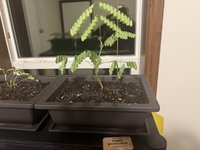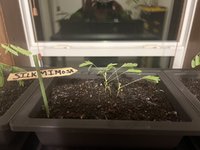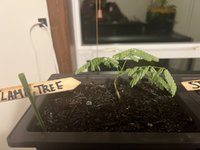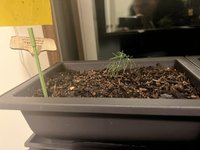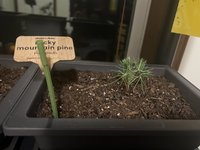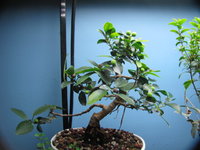Peroxide is sold to the general public at 3% and occasionally 6%. The stronger solutions are for industrial use. I don't believe 100% can exit in a pure state but high percentage formulas have been (maybe still are) used in formulating rocket fuels. These super peroxides are violently explosive if rapidly heated.
Frankly, I have never seen 30% though I know it is used as a violent oxidizer and a bleach in industry.
If that is what you have, learn to use it wisely.
True here in Europe as well. Yes, the 30% solution should be handled with care. It may blind you if you spill it into your eye. And the decomposition, as you stated.
I have a chemistry degree so I should know what I am doing. I'd get nervous if I had to prepare and use 'piranha solution' again for my experiments.
There you take the 30% H2O2, and add concentrated sulfuric acid (well actually by adding it the other way around or you are in trouble already).
In the end, you get some respect for some chemicals. And others that you should respect but you don't are the scary ones. At least acids immediately burn your skin so you know of the danger, would you touch the edge of a bottle or spill a small drop. Hydroxides are already tricky in that you don't feel it burn. And then there is the stuff that poisons you long-term if you don't handle it correctly.
Which is why I got in the safer side of chemistry.
In the end, most accidents here happen with needles or broken glass.
I dilute my 30% H2O2 solution with a factor of 10 or 20. And it still seems potent enough. Also note that older bottles bought in a store may be lower than the 3% advertised.
I do get a bit confused about things like '1 tbsp 3% H2O2 in about 40 oz'. What's that?

I thought you used 3% solution to spray your plants with. Lemme calculate. 1 tablespoon as a volume unit is 15ml. 1 oz is 29.6ml. So 15 ml of 3% H2O2 added to 1183ml. So total volume 1198 ml. Then the dilution factor is about 80x. So you actually use 0.04% (w/v) of H2O2 in water? Phew.
Well no wonder me inaccurately diluting my 30% solution to about 1% or so did damage a seedling.
Nur did it immediately kill any gnat or gnat larvae. I had no control experiment but pretty sure there was an effect.
I only use it once a week if I see a lot of gnats emerging.
In the end this is just a form of bleach. So it will burn everything indiscriminately. But indeed the unprotected animal cells will be harmed more than plants with cellulose-walled cells.
Still, I can try and splash the 30% on some seedlings and see how they burn. Pretty sure it will damage, maybe kill.
I kinda don't really don't want to do the experiment to see which concentration of H2O2 kills the gnats. But maybe it will be smart.
Might be something I could try over Christmas. But to do it properly, I need to be able to control the initial population somewhat. And then be able to count/guesstimate the final population.
I don't want to grow and breed gnats near my seedlings, for obvious reasons.


